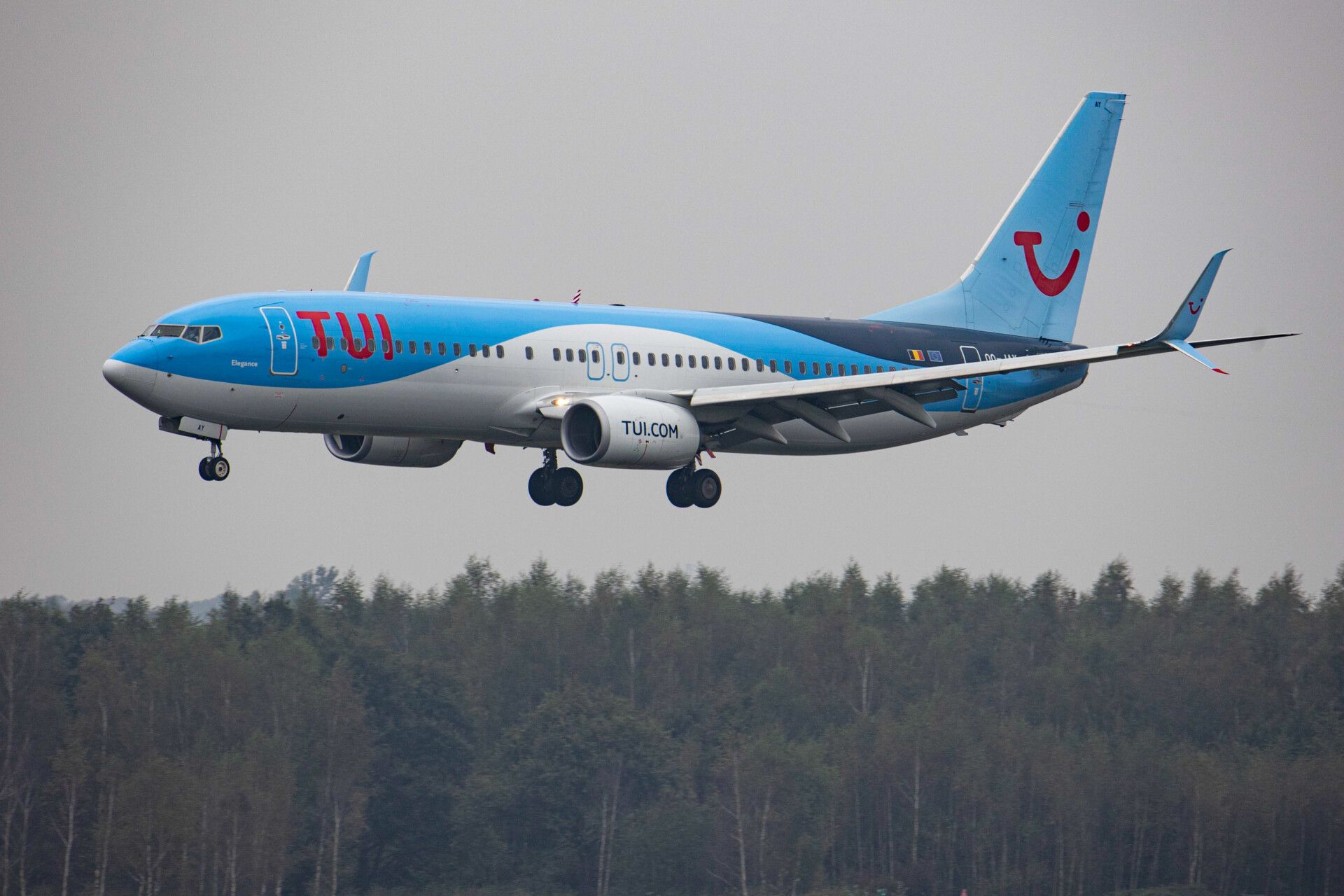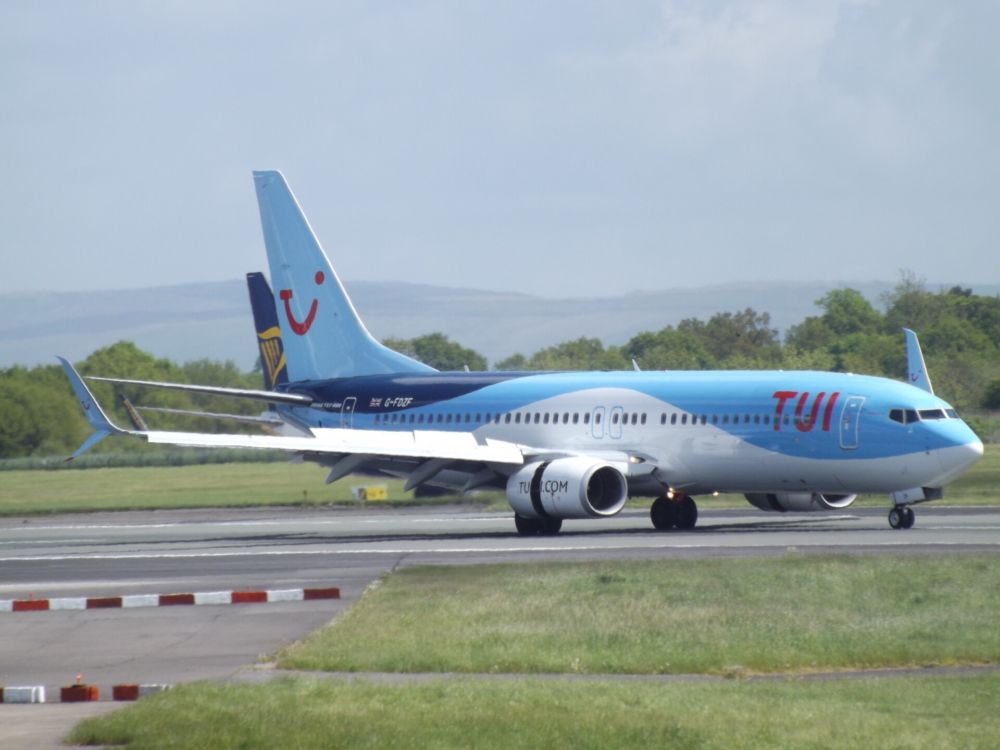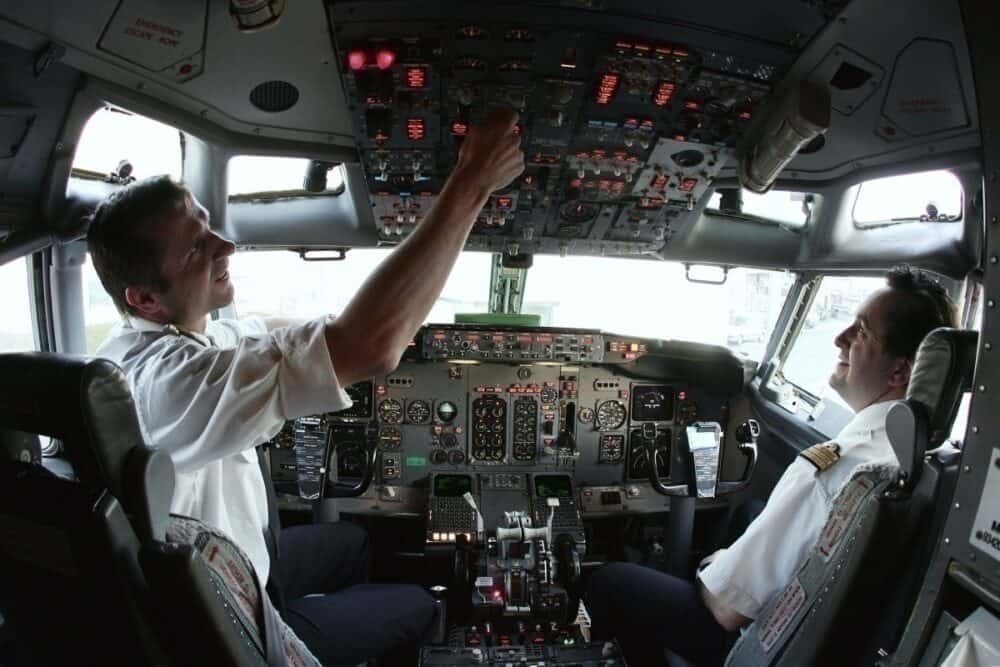The British Air Accidents Investigation Branch (AAIB) is investigating a serious incident involving a TUI Boeing 737 last September. The incident saw the 737 deviate from its flight path while landing and rapidly accelerate on its approach to Aberdeen. The AAIB has also noted a possible link between the incident and the lack of flying by the pilots.
Lapses
In a special bulletin today, the AAIB issued its findings from a TUI 737 flight from Palma to Aberdeen on September 11th, 2020. The bulletin was issued to raise awareness about pilot practice, training on go-arounds, and other important maneuvers after months of not flying due to the pandemic.
The report highlights the AAIB's current findings of the incident, which occurred while on approach to Aberdeen (ABZ). The pilots received notice from the ABZ tower at 12:35 PM local time that they might have to break their approach and go around due to the presence of a search-and-rescue helicopter. After the original notification at 5,100ft, ATC asked the crew to go around at 2,600ft and retry the landing.
The crew climbed to 3,000ft, as requested, and turned to a heading of 270 degrees. However, as the aircraft reached this altitude, it began to descend, with the plane failing to enter ALT HOLD setting as required.
The plane descended for 57 seconds before climbing again, causing ATC to reach out to the pilots to re-establish altitude. The aircraft hit a speed of 286 knots, well above the 200 knots goal, and a descent rate of 3,100 ft/min, causing a significant deviation from the flight path.
On alert
The flight from Spain was carrying 67 passengers and six crew on the day. The flight quickly returned to 3,000ft and proceeded to land normally at Aberdeen Airport. However, the incident does raise questions about pilot practice during the pandemic.
The report notes that the commander had flown 67 hours in the 90 days before the incident. However, 62 of those hours had been in the last 28 days alone, meaning the previous two months had seen little flying. The co-pilot had only flown four times in the last 11 months, but both had undergone several simulator exercises to maintain recency.
However, real-world experience is very different from simulator training. The AAIB notes that practices like go‑arounds from intermediate altitudes can be challenging if pilots have not been flying regularly. For now, the regulator will delve deeper into the incident to see if the pilot's lack of flying may have contributed.
Unions request for funding
In response to the AAIB's bulletin, the British Airline Pilots’ Association (BALPA) put out its stance. While comparing flying to riding a bike, General Secretary, Captain Martin Chalk, noted that even taking a break from biking will result in the loss of roadcraft. Re-acquiring takes time and practice, something which pilots more of. He added,
"Although many of our airlines have recognised this and provided extra practice and simulator time, there have also been commercial pressures which act in the opposite direction. This is why BALPA has been calling on the Government to make available a Winter Resilience Fund to allow our cash strapped airlines the ability to provide extra training and experience to avoid any degradation of aviation’s enviable safety standards.”
For now, expect to see a greater emphasis on pilot training and the AAIB's detailed report in the coming months to keep crews up-to-date and prepared for any situation.
What do you think about the AAIB's bulletin? Should the government set a minimum training period for returning pilots? Let us know in the comments.



